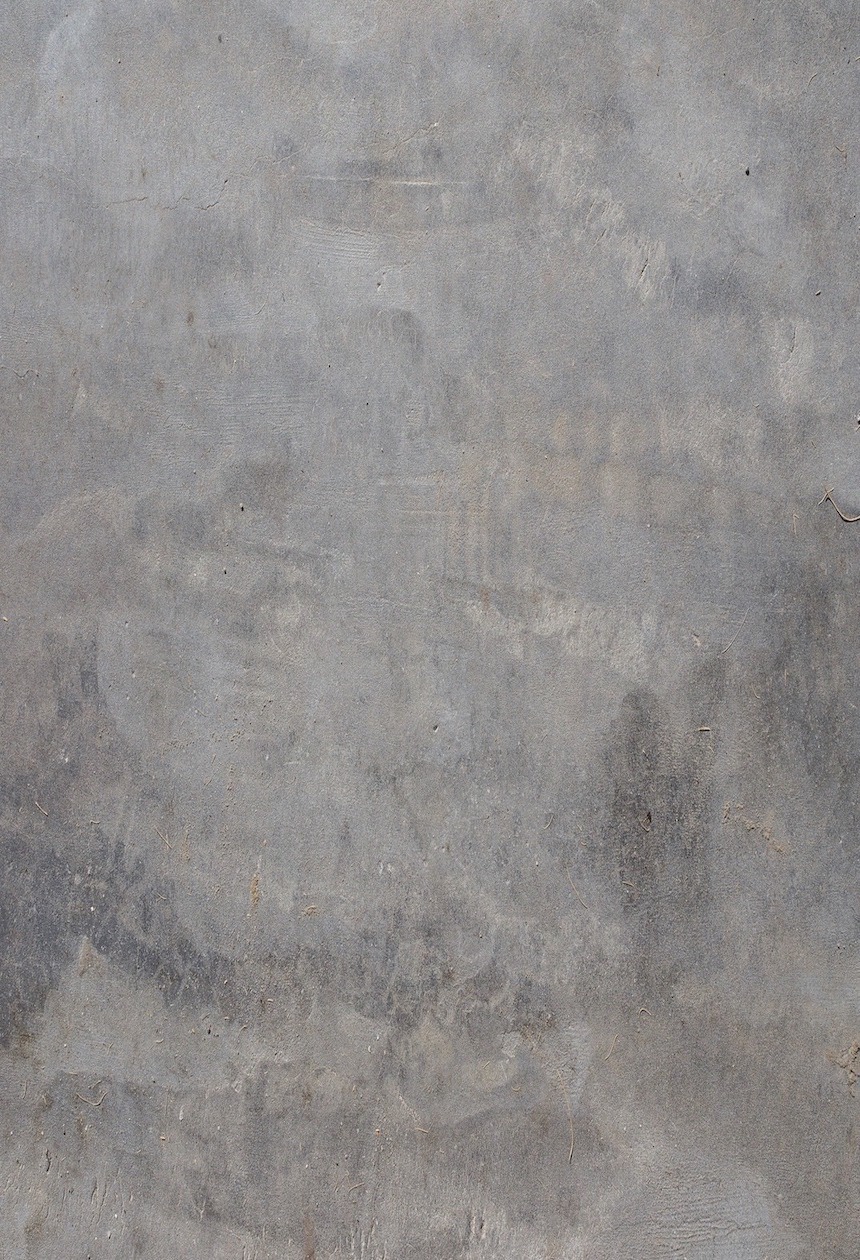11/9/2016 2:09 AM
Munter 1.5 – and some stuff on Friction…oh and more info on all Munters
The munter, as we’ve stated before, is one of the most useful hitches known to mankind. We are going to show a few variants that you may find useful for your toolbox. Keep in mind, the munter works due to the multiple angles the rope creates around your carabiner and the rope itself. These angles create friction, which allows you to control the load (a casualty or yourself if rappelling). This friction creates heat, so on regular nylon you may get some glazing, especially where the coefficient of friction is high...when the rope bends over itself. For rescue purposes, we typically use an aramid (Twaron, Kevlar K-29 AP, Technora), in which we have no issues with heat. Your typical Aramid is good up to 932 degrees Fahrenheit (exposed to this temperature for up to 4 minutes before it loses 50% strength).
Which brings us to another point...remember there is an influx of rope materials that are strong but very sensitive to heat (IE Dyneema). The munter can produce large amounts of heat… Many times we also focus on the melting point, believing when that magic number is reached, then the fiber will fail. Not the case. The three properties that must be evaluated when there is concern regarding a ropes thermal capabilities are heat capacity, thermal conductivity, and deflection temperature. These three properties govern the temperature the rope’s surface will reach when it is heated by friction. Also remember knots produce heat due to the energy, and coefficient of friction between the core and sheath (so even if you have a low temp material in the core with a heat resistant sheath...still not good).
Element Rescue, Knot Series (11/21/2015)

